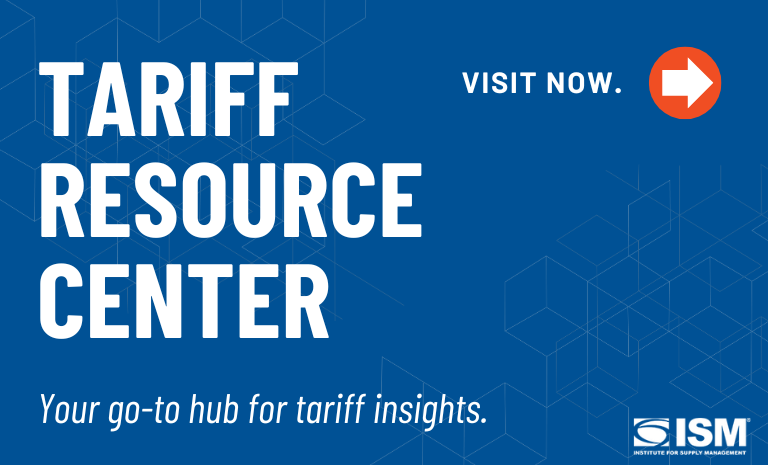Mastering market movements: shifting from reactive to proactive chemical sourcing
Sponsored by Valdera

Market Volatility and Why It Matters
Market volatility is an ever-present challenge for procurement professionals. From sudden price spikes to unexpected supply chain disruptions, today’s business environment demands agility and adaptability. The impacts of price volatility are far-reaching: unpredictable costs strain budgets, squeezed margins threaten profitability, and supply chain instability jeopardizes operations. While this affects all categories, direct materials, like chemicals and raw materials, carry even higher risk due to their direct impact on a company’s core product. If prices skyrocket, margin drops. If supply dries up, revenue is at risk.
So, how can companies prepare for the unpredictable? Traditional methods like supplier diversification and inventory management still have value, but AI technologies, such as Valdera, are transforming how organizations monitor, predict, and address price fluctuations. AI enhances traditional strategies while unlocking new capabilities. Now is the time for procurement teams to shift from reactive to proactive strategies, building resilience against persistent volatility.
How to Proactively Manage Volatility
Reduce the bid cycle
Standard procurement cycles often only allow teams to source a chemical once a year, sometimes even less. But staying in tune with the market is crucial to remain competitive. Reducing bid cycles through “mini market events” helps companies keep pace with real-time pricing. Annual or multi-year contracts no longer cut it. Procurement teams need a constant read on the market to spot trends and adjust proactively.
AI tools like Valdera use technology to enable action without adding strain to the team. They allow procurement to quickly go to bid and get quotes that reflect current market rates. If the data shows opportunity, teams can negotiate with incumbents or switch to a better-priced supplier. Real-time data transparency is key.
Diversify geographic risk
When supply risks are tied to a specific region or supplier, a second source in a different location can mitigate that risk. The trick is to balance low-cost regions with more stable, nearby suppliers to enhance security. Supplier scouting tools can help visualize the global footprint of any material, making it easier to diversify sourcing locations.
In global disruptions affecting an entire category, geographic diversification may not shield you from price volatility, but it can still help. Competition between suppliers keeps price gouging in check. If you rely on one supplier, they likely know it and may take advantage during crises. With multiple geographically dispersed sources, you can reallocate spend based on short-term market shifts.
Capped index-linked pricing
Index-linked pricing is standard for commoditized materials. But when contracts allow unlimited price adjustments, margin becomes highly unpredictable. Capped index-linked pricing introduces predefined floors and ceilings, helping protect against extreme swings. While this approach requires more upfront negotiation, it ensures that buyers and suppliers share the risk and benefits of market changes.
Inventory as a value-added service
Inventory buffers can guard against disruptions, but they come at a cost. Focus on critical categories where continuity is essential and look for ways to offset holding costs. Some distributors and manufacturers offer warehousing as a value-added service. While it may cost slightly more, it’s often more effective than managing storage internally, especially for a handful of critical materials.
Responding with Agility
Proactive risk management lays the foundation, but disruptions will still occur. Maybe you’re only halfway through eliminating single-source dependencies, or maybe two unrelated events hit both your primary and backup suppliers. In those moments, agility is everything.
How quickly can your organization respond and secure a new supply? AI tools that focus on quick supplier scouting help you move fast and identify new sourcing options quickly. Speed is critical when unexpected events hit, and having the right tools enables rapid action. At the end of the day, continuity and revenue are on the line—especially for direct materials like chemicals and raw materials.

